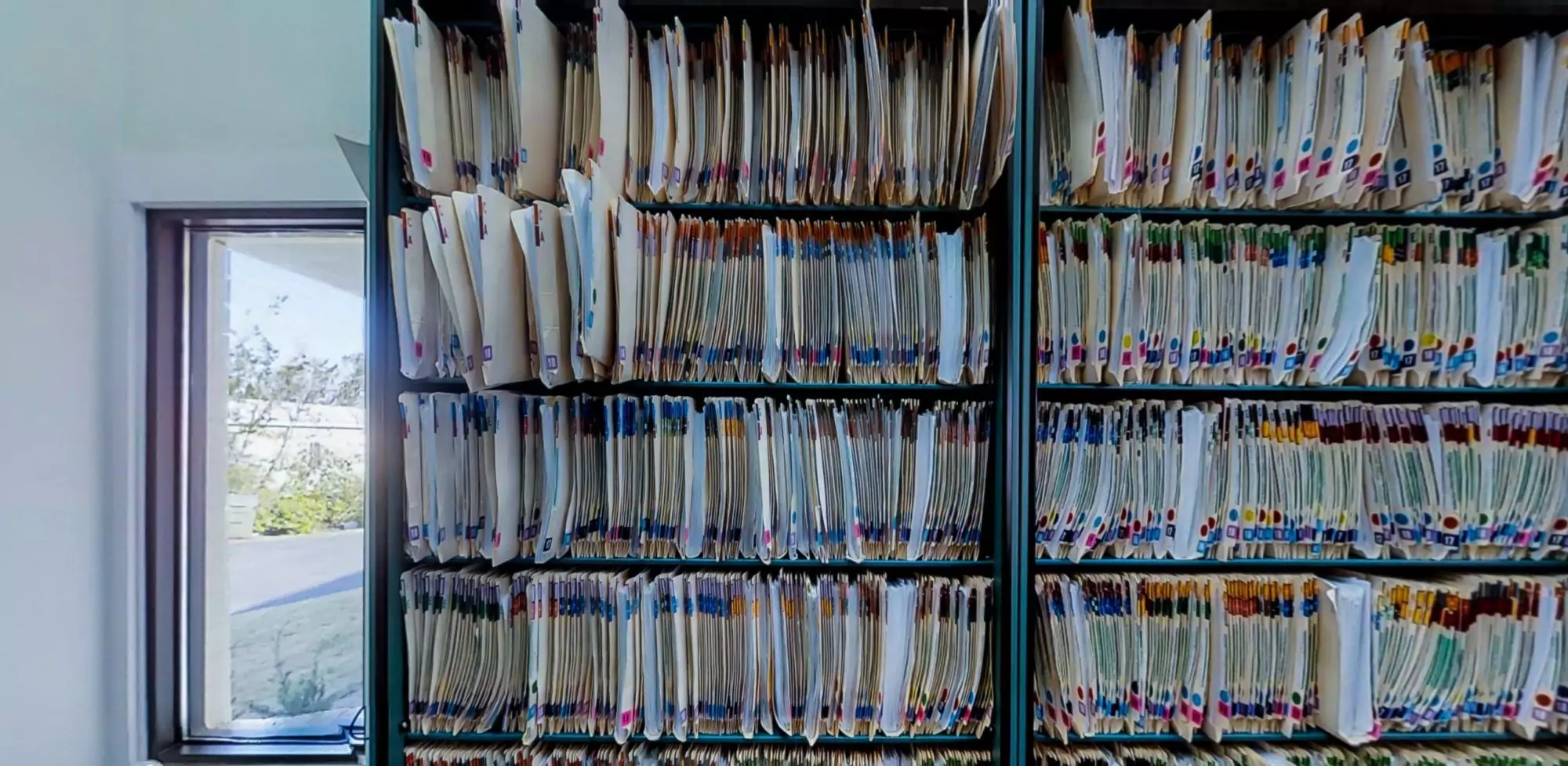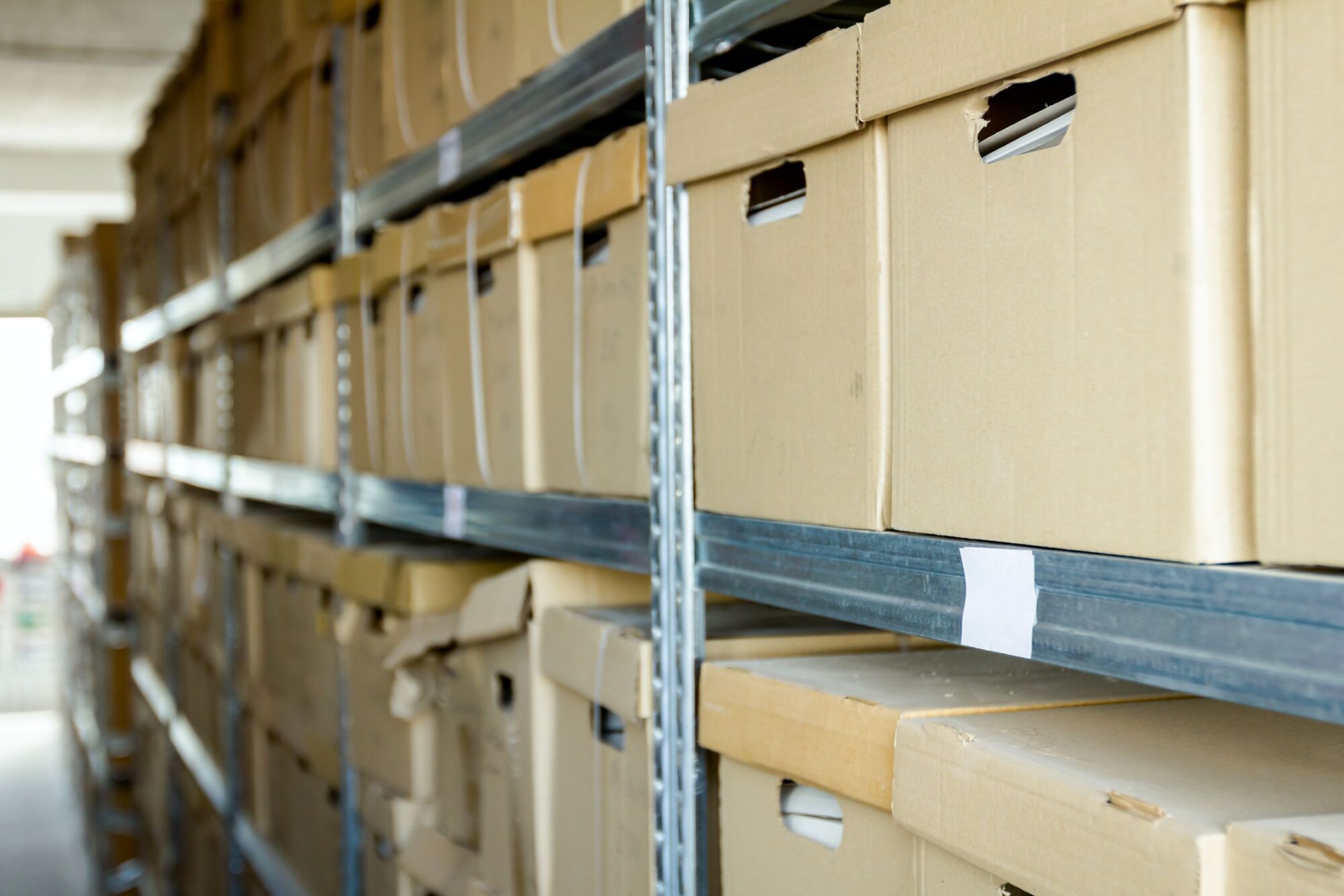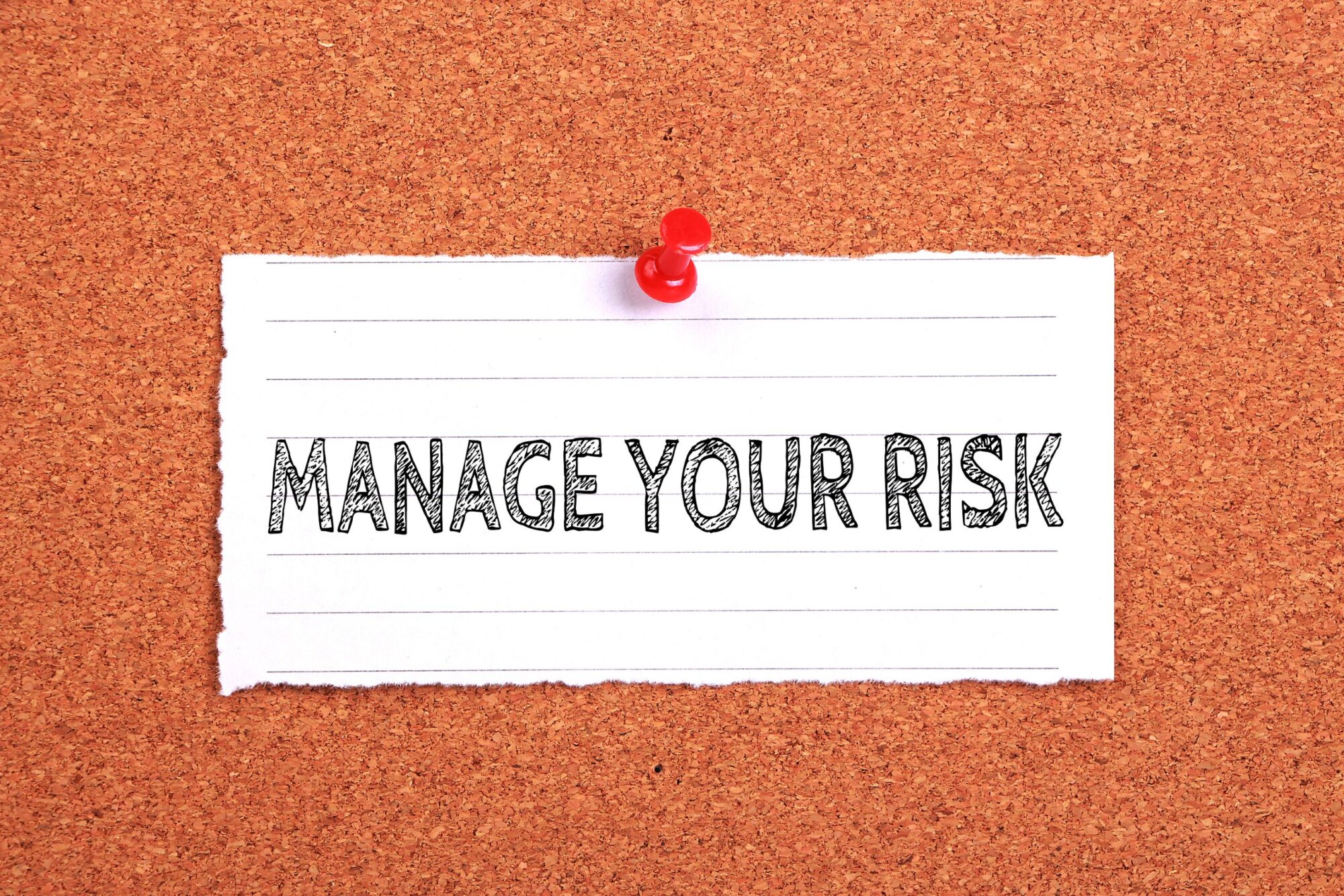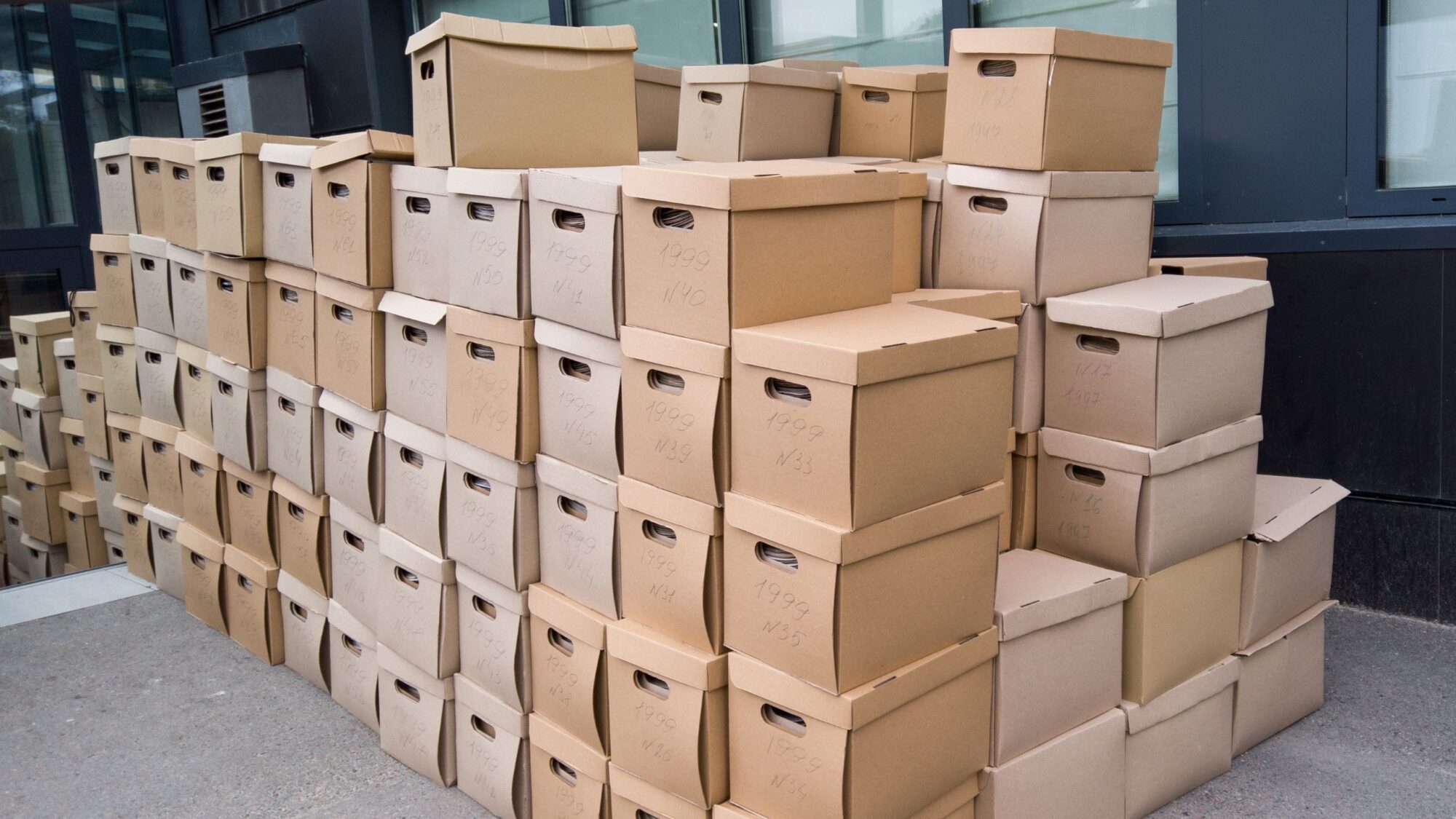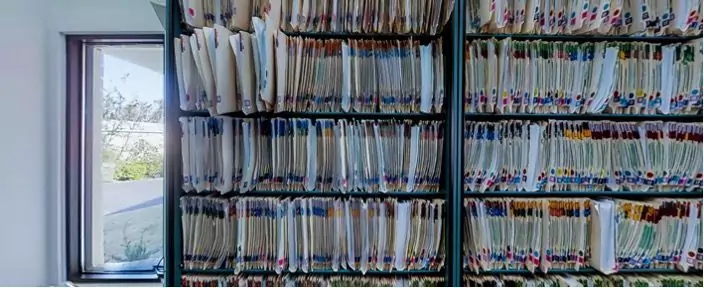When the ownership of a healthcare facility decides to cease operations for any reason, the requirements of managing records continue for many years.
From private practices to hospital networks, and everything in between, the HIPAA laws require all patient records to be securely managed in a specific way, and available for years after a healthcare facility closes.
Access to medical records will be the means through which your patients will have continuity of care and efficiently develop a relationship with their next provider. When making a document management plan for closure or transition, the first step is knowing what you have. This may involve a variety of factors, included but not limited to:
- Do you have physical/paper records? If so, how many?
- Do you have electronic medical records? If so, what is the volume of the data?
- What is the retention period for both the physical and digital records that you have?
When navigating a transition period related to retirement or practice closure, records management and accessibility is more important than ever.

Quantifying your records is where the project begins. At Cariend, we’ll need to know how many records you have in order to accurately price our services and determine the most efficient shipping options based on your location. Quantifying your records may seem intimidating at first. Don’t worry, though – there is a simple method to getting a rough estimate of what may seem to be an impossible number.
Let’s examine the steps in this easy process that will help you quantify your records (in open shelving) in no time.
Step 1.
Our first goal is determining how many linear feet of records you have on your shelves. This may seem irrelevant, but as we progress through the steps, it will begin to make sense. Simply put, you’ll need to use a tape measure to measure your shelves full of records. You’ll want a measurement for each individual shelf bay, but be careful to only measure the portion of the shelf that contains the actual records (this is the shelf bay). Dividers between shelves or the outer frame of a freestanding shelf unit shouldn’t be measured, as these spaces don’t contain files.
Step 2.
Before you take the time to measure each shelf bay, count the shelf bays within each shelf unit. Most shelves will feature bays of the same dimension throughout. This means measuring one full shelf will give you the measurement for each shelf.
Step 3.
Let’s work through an example. Consider a shelf unit that features two columns of three shelves each, each shelf completely full of records. This means you have a total of six shelf bays on this particular shelf unit – simply measuring one shelf bay and multiplying that number by six will give you an idea of the total linear feet of records you have in that shelf unit. If this shelf contains bays that are each four feet long, we can conclude that this unit features twenty-four feet of shelf space in linear feet, and thus 24 linear feet of records.
Step 4.
Now that we’ve determined our total linear feet, we need to give this number a little more meaning. This means determining what one linear foot of shelf storage space equates to in individual documents. To find this value, select several random one-foot sections from different parts of the shelf unit – four or five should do the trick. (Remember to use the same tape measure!) Count each individual record within each one-foot section. Write down your totals and average them. This number can stand in as a safe estimate of records per linear foot.
Step 5.
Now, multiply your records per linear foot by your total shelf space as measured in linear feet. Returning to our example, if we find that our average records per linear foot is 100 records, we can extrapolate from that number a total number of 2400 records on our shelf unit. In just a few simple steps, we’ve successfully counted a whole shelf unit full of records.
Following are typical file count measurements:
As you can see, quantifying records doesn’t have to be difficult. With Cariend, planning your transition won’t be difficult either. Your patients’ records will remain safe and available on demand, through a simple and easy process – from the moment you start measuring shelves and onward. Contact Cariend today to begin the transition.

